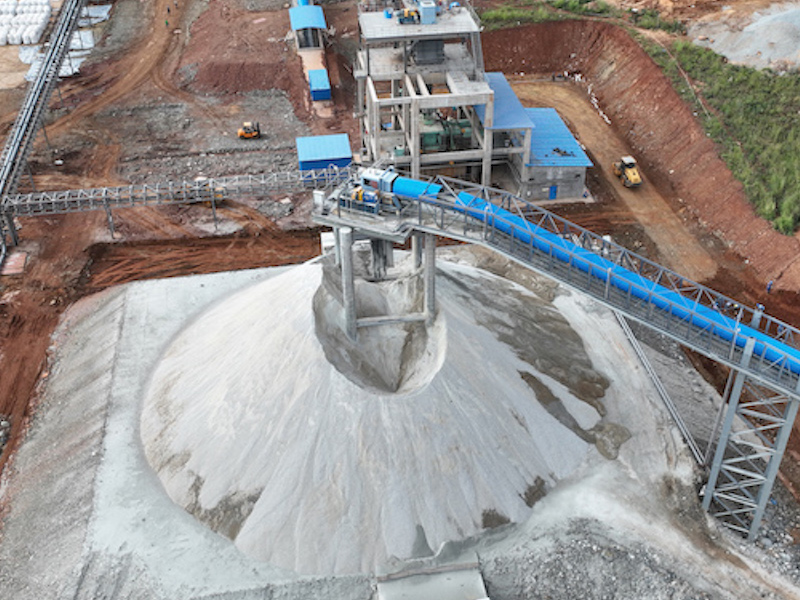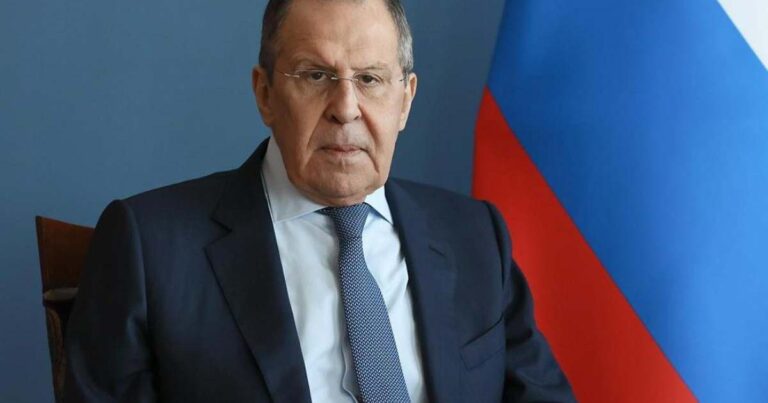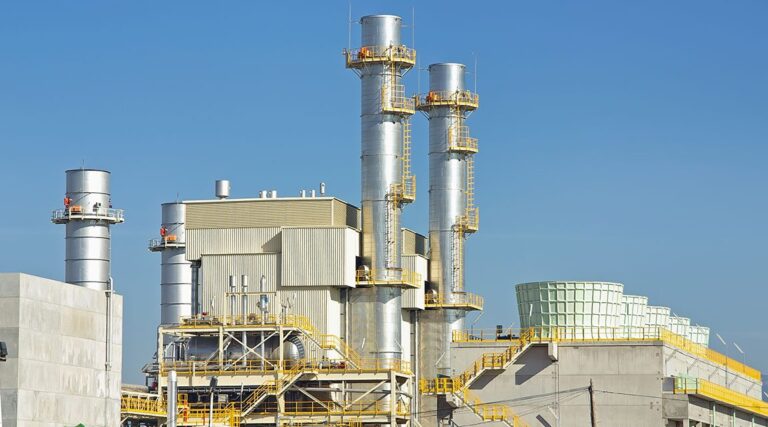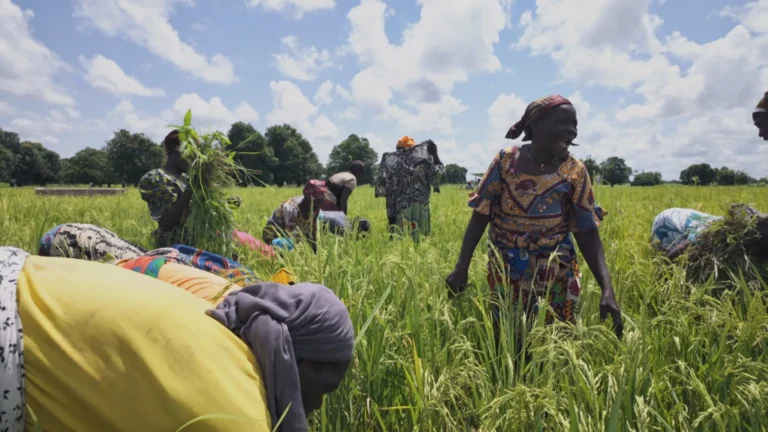
Lithium, the lightweight metal powering electric vehicles, smartphones, and countless portable devices, is rapidly becoming a cornerstone of global electrification.
Despite recent price drops triggered by oversupply and subdued demand, China remains undeterred, intensifying its investments in lithium-rich Zimbabwe—a nation whose vast deposits are still largely untapped.
In Zimbabwe’s southern region, the Sandawana mine is poised to become home to a state-of-the-art lithium concentrator. Valued at $270 million, the project, led by local firm Kuvimba Mining House, aims to process 600,000 tonnes of ore annually.
Construction is slated to start in the third quarter of 2025, with operations expected by early 2027, according to Kuvimba CEO Trevor Barnard.
Backing this venture are two major Chinese metallurgical groups.
The partnership model, typical of Beijing’s approach, sees these companies managing the plant for an initial five years before handing control to their Zimbabwean partner.
This strategy underlines China’s determination to secure critical raw materials swiftly via structured yet temporary arrangements.
Zimbabwe’s role in China’s lithium supply is steadily growing.
Data from consultancy CRU shows that in 2023 Zimbabwe accounted for roughly 14% of China’s lithium imports, a reflection of Beijing’s preference for African deposits, seen as more accessible and lightly regulated than those in other regions.
For Zimbabwe, the Chinese influx presents a crucial chance to diversify an economy heavily reliant on gold and platinum. Yet the economic gamble is significant.
“Most of the added value is generated outside the country, during refining and assembly stages,” highlighting Zimbabwe’s exclusion from these lucrative processes.
The deferred ownership model with Chinese firms raises questions over Zimbabwe’s control of its own resources.
Without aggressive local processing capacity and a robust content policy, the country risks remaining a raw material supplier, limiting its industrial development and long-term gains for its citizens.
The Sandawana project symbolizes more than mining—it represents a quiet contest between global powers vying for access to strategic resources.
For Zimbabwe, the challenge is clear: to transform from a peripheral supplier into a key player in the global energy transition.



